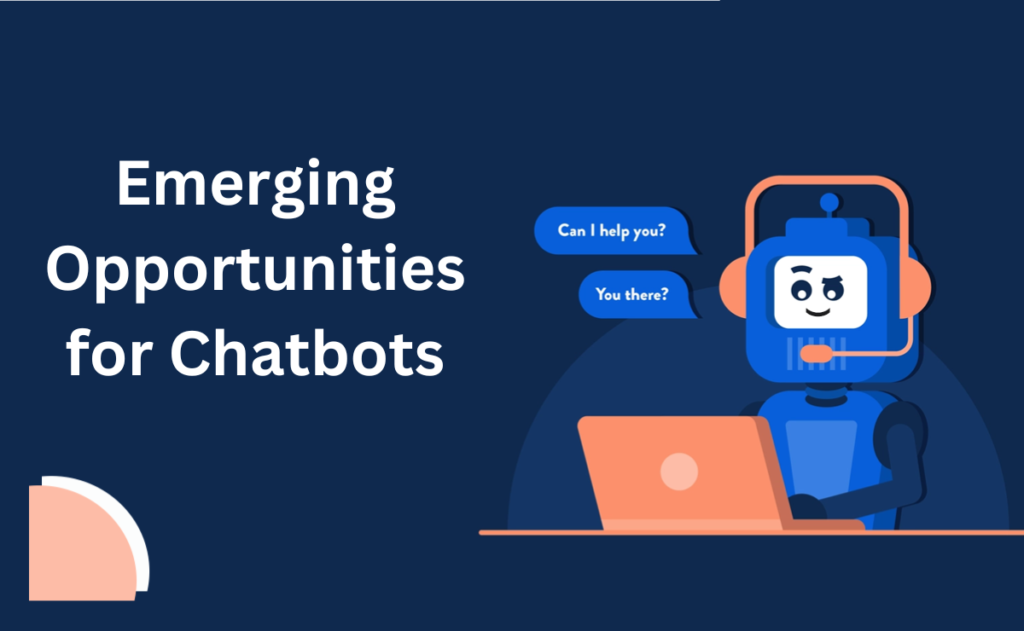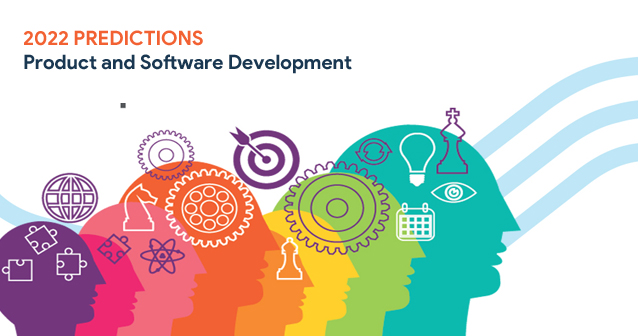In the digital age, chatbots have evolved from simple rule-based systems to sophisticated AI-driven solutions that can understand and respond to complex human queries. As technology advances, the potential use cases and opportunities for chatbots are expanding rapidly. This comprehensive guide explores the future of chatbots, highlighting their diverse applications and the exciting opportunities they present across various industries.
Evolution of Chatbots
Chatbots have come a long way since their inception. Early chatbots operated on predefined rules and could only handle simple, scripted interactions. Today, thanks to advancements in artificial intelligence, natural language processing (NLP), and machine learning, modern chatbots can understand context, recognize intent, and provide more human-like interactions. This evolution has paved the way for their integration into a wide range of applications.
Key Use Cases of Chatbots
- Customer Support
One of the most prominent use cases for chatbots is customer support. AI-powered chatbots can handle a large volume of customer queries simultaneously, providing instant responses and freeing up human agents to focus on more complex issues. They can assist with tasks such as troubleshooting, order tracking, and answering frequently asked questions, ensuring a seamless customer experience.
- E-commerce and Retail
In the e-commerce and retail sectors, chatbots are revolutionizing the way businesses interact with customers. They can assist shoppers by providing personalized product recommendations, guiding them through the purchasing process, and even handling returns and exchanges. By offering 24/7 support, chatbots help businesses increase customer satisfaction and drive sales.
- Healthcare
Chatbots are making significant strides in the healthcare industry. They can provide patients with instant access to medical information, schedule appointments, and offer reminders for medication and follow-up visits. Additionally, chatbots can triage symptoms and direct patients to the appropriate level of care, improving the efficiency of healthcare services and reducing the burden on medical professionals.
- Education
Chatbots are transforming the education sector by serving as virtual tutors and assistants. They can provide students with personalized learning experiences, answer questions, and offer feedback on assignments. In addition, chatbots can help educators by automating administrative tasks such as grading and attendance tracking, allowing them to focus more on teaching.

Emerging Opportunities for Chatbots
As chatbot technology continues to advance, new opportunities are emerging across various industries. Here are some of the most promising areas:
- Conversational Commerce
Conversational commerce is an emerging trend where chatbots facilitate online shopping through natural language interactions. By integrating chatbots with e-commerce platforms and social media channels, businesses can engage customers in real-time, provide personalized recommendations, and streamline the purchasing process. This seamless interaction enhances the overall shopping experience and drives sales.
- Human Resources
In the realm of human resources, chatbots can streamline recruitment, onboarding, and employee engagement processes. They can assist with screening candidates, scheduling interviews, and answering common HR-related queries. Additionally, chatbots can provide personalized training and development recommendations, helping employees enhance their skills and stay engaged in their roles.
- Travel and Hospitality
The travel and hospitality industry is leveraging chatbots to enhance customer experiences. Chatbots can assist with booking flights and accommodations, providing travel recommendations, and offering real-time updates on flight status and weather conditions. By delivering personalized and timely information, chatbots help travelers make informed decisions and enjoy a smoother travel experience.
- Smart Homes and IoT
With the rise of smart homes and the Internet of Things (IoT), chatbots are becoming integral to managing connected devices. They can control home automation systems, provide energy consumption insights, and even troubleshoot issues with smart appliances. By offering a centralized interface for managing IoT devices, chatbots enhance convenience and improve the overall smart home experience.
Future Trends and Challenges
- Increased Personalization
Future chatbots will leverage advanced AI and machine learning algorithms to deliver highly personalized experiences. By analyzing user behavior and preferences, chatbots will be able to anticipate needs and provide tailored recommendations, further enhancing user satisfaction.
- Enhanced Multilingual Capabilities
To cater to a global audience, chatbots will need to support multiple languages and dialects. Advances in NLP will enable chatbots to understand and respond accurately in various languages, breaking down communication barriers and expanding their reach.
- Ethical and Privacy Concerns
As chatbots become more sophisticated, ethical and privacy concerns will come to the forefront. Ensuring that chatbots handle sensitive information securely and transparently will be crucial. Additionally, addressing issues related to bias and fairness in AI algorithms will be essential to maintain user trust.
Final Thoughts
The future of chatbots is bright, with endless possibilities for innovation and growth. From customer support and e-commerce to healthcare and education, chatbots are transforming industries and redefining how businesses interact with customers. As technology continues to advance, the opportunities for chatbots will only expand, offering exciting prospects for businesses and consumers alike. By staying ahead of the trends and addressing challenges, organizations can harness the full potential of chatbots to drive success and deliver exceptional experiences.







